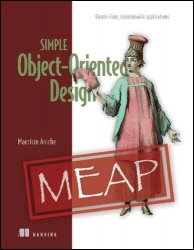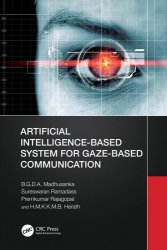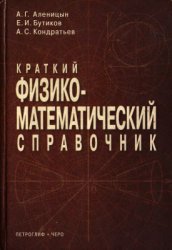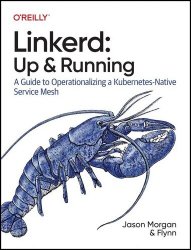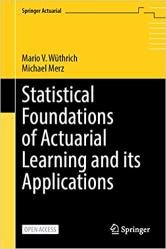 Название: Statistical Foundations of Actuarial Learning and its Applications
Название: Statistical Foundations of Actuarial Learning and its ApplicationsАвтор: Mario V. Wuthrich, Michael Merz
Издательство: Springer
Год: 2023
Страниц: 611
Язык: английский
Формат: pdf (true)
Размер: 24.0 MB
This book discusses the statistical modeling of insurance problems, a process which comprises data collection, data analysis and statistical model building to forecast insured events that may happen in the future. It presents the mathematical foundations behind these fundamental statistical concepts and how they can be applied in daily actuarial practice.
Statistical modeling has a wide range of applications, and, depending on the application, the theoretical aspects may be weighted differently: here the main focus is on prediction rather than explanation. Starting with a presentation of state-of-the-art actuarial models, such as generalized linear models, the book then dives into modern Machine Learning tools such as neural networks and text recognition to improve predictive modeling with complex features.
In the sequel, we introduce Deep Learning models. In this chapter these Deep Learning models will be based on fully-connected feed-forward neural networks. We present these networks as an extension of Generalized Linear Models (GLMs). These networks perform feature engineering themselves. We discuss how networks achieve this, and we explain how networks are used for predictive modeling. There is a vastly growing literature on Deep Learning with networks, the classical reference is the book of Goodfellow et al., but also the numerous tutorials around the open-source Deep Learning libraries TensorFlow, Keras or PyTorch give an excellent overview of the state-of-the-art in this field.
Natural Language Processing (NLP) is a vastly growing field that is studying language, communication and text recognition. The purpose of this chapter is to present an introduction to NLP. Important milestones in the field of NLP are the work of Bengio et al. who have introduced the idea of word embedding, the work of Mikolov et al. who have developed word2vec which is an efficient word embedding tool, and the work of Pennington et al. and Chaubard et al. who provide the pre-trained word embedding model GloVe1 and detailed educational material. An excellent overview of the NLP working pipeline is provided by the tutorial of Ferrario–Nagelin. This overview distinguishes three approaches: (1) the classical approach using bag-of-words and bag-of-part-of-speech models to classify text documents; (2) the modern approach using word embeddings to receive a low-dimensional representation of the dictionary, which is then further processed; (3) the contemporary approach uses a minimal amount of text pre-processing but directly feeds raw data to a Machine Learning algorithm.
Providing practitioners with detailed guidance on how to apply Machine Learning methods to real-world data sets, and how to interpret the results without losing sight of the mathematical assumptions on which these methods are based, the book can serve as a modern basis for an actuarial education syllabus.
Contents:
1. Introduction
2. Exponential Dispersion Family
3. Estimation Theory
4. Predictive Modeling and Forecast Evaluation
5. Generalized Linear Models
6. Bayesian Methods, Regularization and Expectation-Maximization
7. Deep Learning
8. Recurrent Neural Networks
9. Convolutional Neural Networks
10. Natural Language Processing
11. Selected Topics in Deep Learning
12. Appendix A: Technical Results on Networks
13. Appendix B: Data and Examples
Скачать Statistical Foundations of Actuarial Learning and its Applications
[related-news] [/related-news]
Комментарии 0
Комментариев пока нет. Стань первым!





